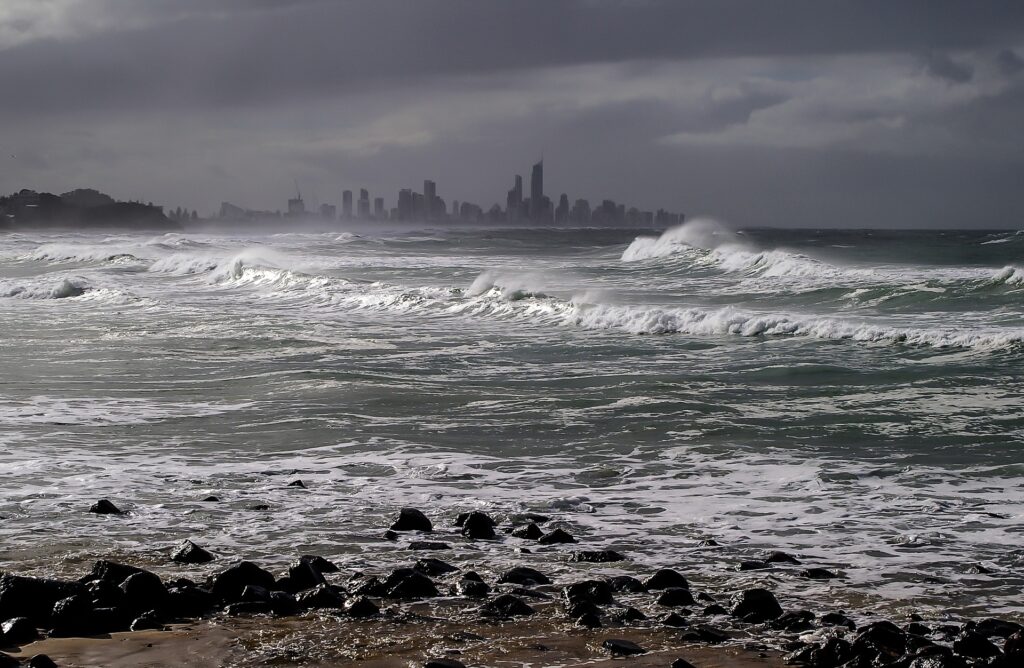Australia’s Bureau of Meteorology (BoM) has completed the installation of a new Doppler weather radar in the Taroom region of Queensland.
Images from the new radar are already live on BoM’s website and weather app, meaning communities can better track severe weather.
Dr Peter Stone, chief customer officer, BoM, said, “Dual-polarized Doppler technology weather radars are one of the best tools for observing real-time rainfall and wind conditions across large areas, and we know this information is highly valuable for communities, particularly primary producers.
“Images from the radar are now live on the Bureau’s website and app and will benefit communities as far as Woorabinda, Baralaba, Moura and Biloela to the north, Mundubbera and Gayndah to the east, Miles, Surat, Tara and Chinchilla to the south, and Injune and Roma to the west,” he said.
The Taroom installation is one of four new radars being delivered for Queensland, with A$77.2m (US$55m) funding from the Australian government. The existing radar in Moree, New South Wales, will also be relocated to provide increased coverage into southern Queensland.
Stone said that while radars are important tools, the Bureau’s forecast and weather warning service is resilient and not dependent on any one piece of equipment.
“This Taroom radar is one part of a comprehensive weather observation network of more than 11,000 assets including satellites, upper atmosphere monitoring, automatic weather stations, ocean buoys and flood warning networks,” he said.
“Forecasts and warnings for all regions are based on a combination of many of these different observing systems. More than 90% of data that feed into the bureau’s weather models come from satellites. The network provides a comprehensive data set that enables communities to effectively respond to weather events.”
The Taroom radar is part of the most significant upgrade of Australia’s radar and observation network in a generation. By June 2024, BoM will deliver eight new radars, plus upgrades to 46 radars, nearly 700 automatic weather stations and 200 flood warning network assets.



